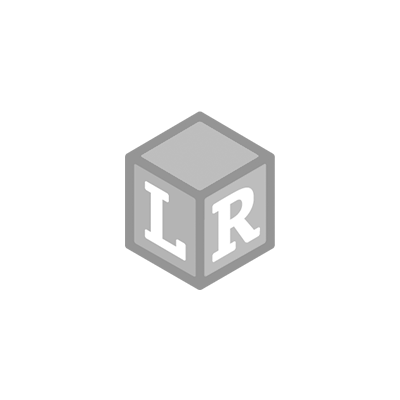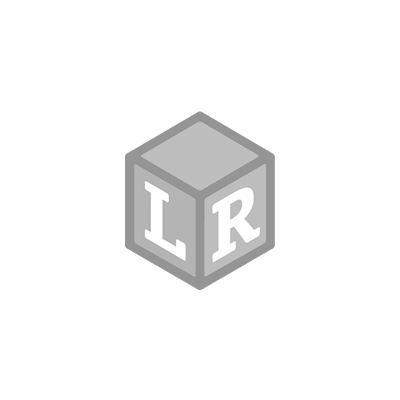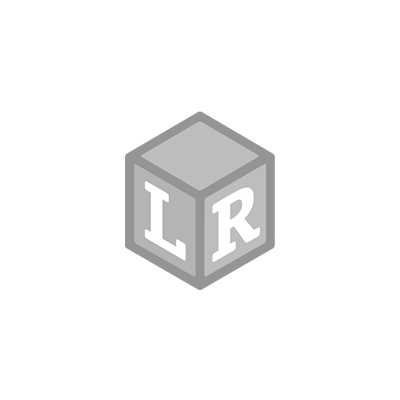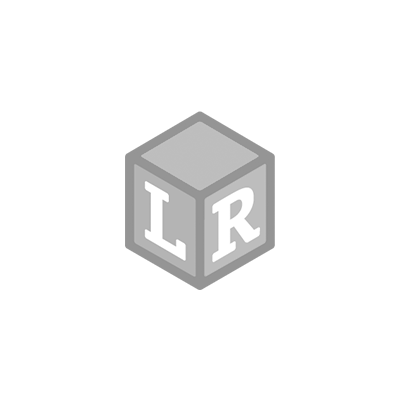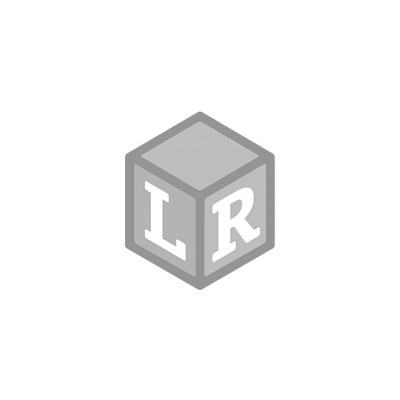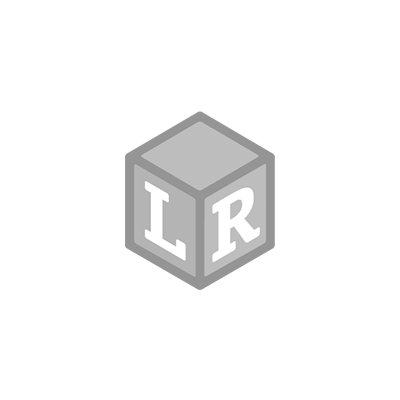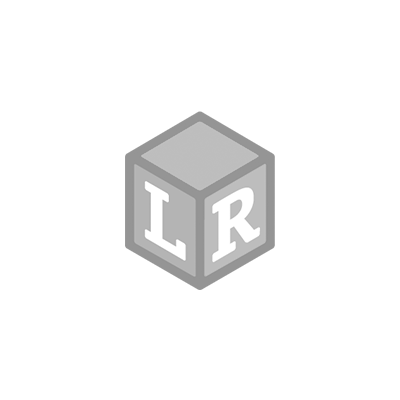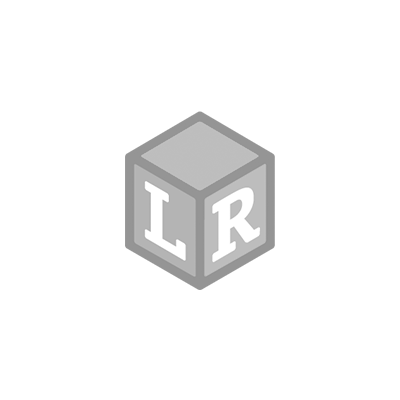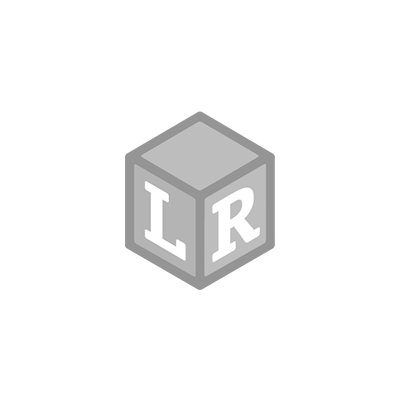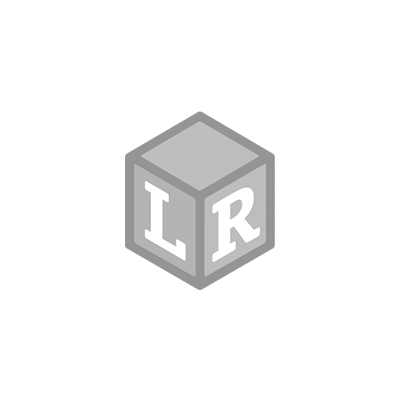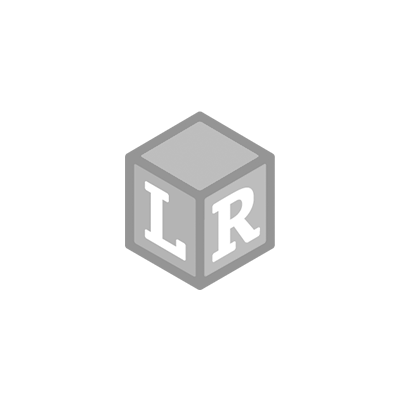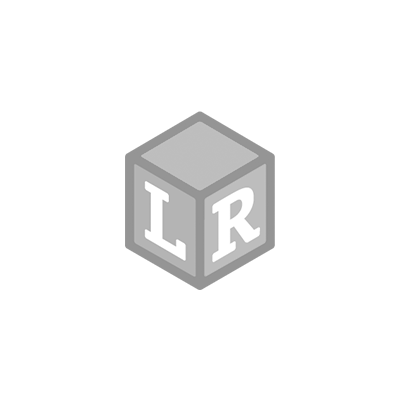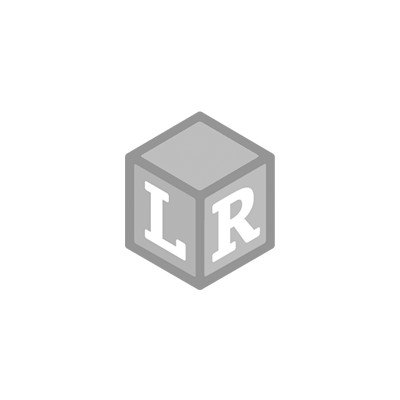Holiday Tinker Box
- Learning Resources Posted On Dec 15, 2022 | Winter
There are so many fun new materials for little hands to explore at this time of year. One of my favorite quick-to-set-up activities is to provide my preschooler with a selection of festive loose parts, a few containers or cups, and some Learning Resources, Fine Motor Tools. The freedom to explore in her way always inspires so much creative play.


Materials needed:
- Primary Science® Jumbo Tweezers
- Squeezy Tweezers®
- Large container (we used an IKEA GLIS container)
- Small cups and silicone cupcake liners
- Christmas loose parts - jingle bells, mini bows, and mini presents (all from Dollar Tree)
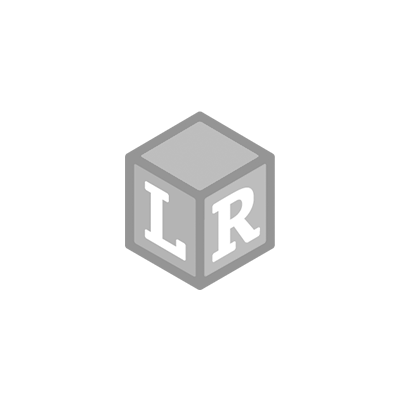

The Set-Up
This couldn’t be any easier to set up; simply put the materials and fine motor tools in the container! I chose to color code the loose parts and containers as an added sorting element to the tinker box. It is worth noting that, of course, if your little one still mouths items, then avoid any small loose parts in your tinker box as they could be a choking hazard.




How the Activity Works
Tinker boxes or trays are simply an open-ended selection of materials that encourage your child to experiment and explore. There is no expected outcome or a particular way to play with the materials. Instead, the focus is more on your child having the opportunity to use each material however they wish. The really interesting thing is to see how your child combines the materials and uses them to drive their play.
When my 3-year-old opened the box, she gave the cutest little gasp. She was so excited to get her hands on all these loose parts without any restrictions.
Straight away, she set up some of the cups and started transferring materials. Moving the bells from one place to another may not seem like learning, but so many skills are being developed here.
She was working on her fine motor skills each time she moved a bell and used her senses to explore the materials and then develop a vocabulary to express what she was experiencing.
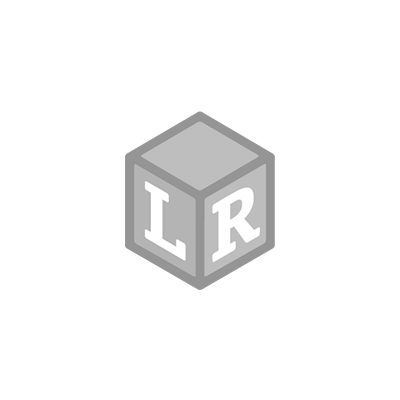

Adding fine motor tools to a setup like this helps extend the play by adding a different element of challenge. My little one experimented with if she could pick up the various loose parts with each tool. This offered an opportunity for some problem-solving.
For example, the presents were too big to fit inside the Squeezy Tweezers, so she had to switch to using the Jumbo Tweezers. She also realized after a while that she could fit more than one bell inside the Squeezy Tweezers, which made filling the cups with bells much faster!
Due to the fact that the set contained only three colors- red, green, and gold, there was lots of focused color sorting. This led in turn to an excellent opportunity to work on some counting skills.
As she filled the cupcake liners and cups, she would count the items in. She also then spent time comparing the group sizes of each color. This is such a great early numeracy link as phrases like bigger and smaller and more than and less than were often used.


Have you ever tried using a tinker box with your child? It’s so fascinating to see how they use the materials and combine them with their imaginative play ideas. Using Learning Resources fine motor tools is a great way to extend the play and add an extra challenge to transferring the materials. So much open-ended fun!
 Shop UK Site
Shop UK Site 


